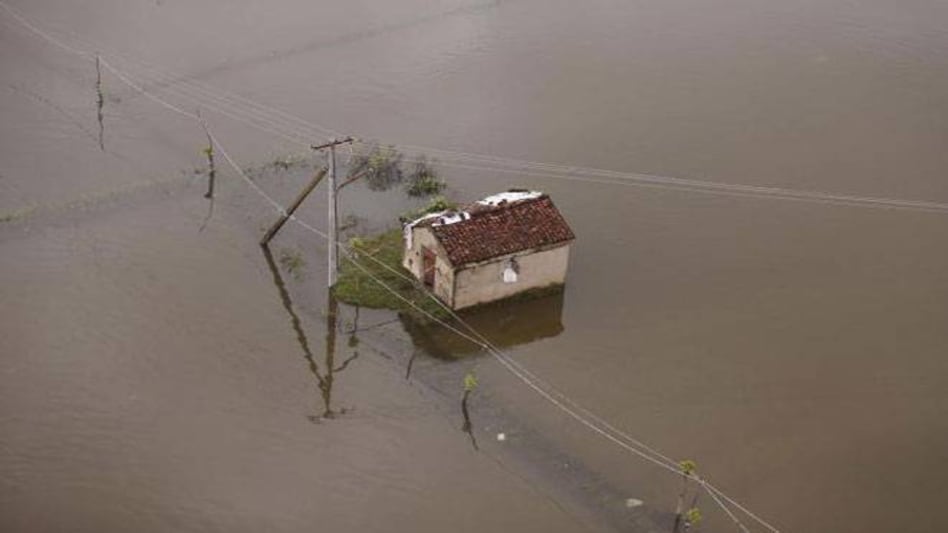 Picture for representational purpose.
Picture for representational purpose. Picture for representational purpose.
Picture for representational purpose.The World Bank has signed a $250-million credit agreement with the Central government under the Jhelum and Tawi Flood Recovery Project for reconstruction and recovery support in flood-affected areas in which public infrastructure and livelihoods were impacted severely. The state government of Jammu and Kashmir (J&K) is the implementing agency.
The project will be funded by credit from the International Development Association (IDA) - the World Bank's concessionary lending arm with a maturity of 25 years, including a five-year grace period.
The floods in J&K last year had affected over a million families and resulted in loss of crops, plantations and animals in over 648,000 hectares of land. The project is expected to strengthen the capacity of the state government to respond to and better manage natural disasters in the future.
The Jhelum and Tawi Flood Recovery Project will focus on the 20 flood-affected districts in the state.
"This region is highly vulnerable to natural disasters that can push millions into poverty. In addition to reconstruction, which includes reconstruction of roads, bridges and public infrastructure, the project will also help the region be better prepared for the future," stated Onno Ruhl, World Bank Country Director in India.
"The challenge is to build smarter, so that the fragile ecosystem is not undermined. It will incorporate lessons from previous national and global post-disaster recovery projects - to ensure that recovery is targeted, effective and more resilient to future disasters."
World Bank assistance has been sought in rebuilding damaged public buildings such as hospitals, schools, higher education buildings, fire stations, and selected block and district offices, and other important public buildings. It will restore and improve the connectivity disrupted by reconstruction of damaged roads and bridges. The infrastructure will be re-designed to withstand earthquake and floods as per the latest official design guidelines.
Another key component of this project will be to strengthen and reinforce existing weak and vulnerable flood control infrastructure. Investments will primarily include rehabilitation/renovation of storm water pumping stations in several areas.
Apart from reconstruction, the project will focus on disaster risk mitigation. It will strengthen the capacity of government entities in managing disaster risks, enhancing preparedness, and achieving resilient recovery through the preparation of a Hydro-Meteorological Resilience Action Plan with a focus on extreme weather events; River Morphology study for some key rivers impacted by the disaster; and an urban vulnerability assessment among others.
Over the years, the World Bank has significantly increased its support to India for its disaster risk management work. Currently, seven projects are under implementation: National Cyclone Risk Mitigation Project I and II, Tamil Nadu and Puducherry Coastal Disaster Risk Reduction Project, Bihar Kosi Flood Recovery Project, Uttarakhand Disaster Recovery Project, Odisha Disaster Recovery Project, Andhra Pradesh Disaster Recovery Project, and the Bihar Kosi Basin Development Project.
In addition to reconstruction, these projects are helping improve the disaster risk management capabilities both at the state and national levels, including disaster-resilient infrastructure, analytical work, equipment, training, and in particular establishing systems for better risk management through improved forecasting, early warning systems, and multi-hazard risk assessments for planning, and decision support systems.